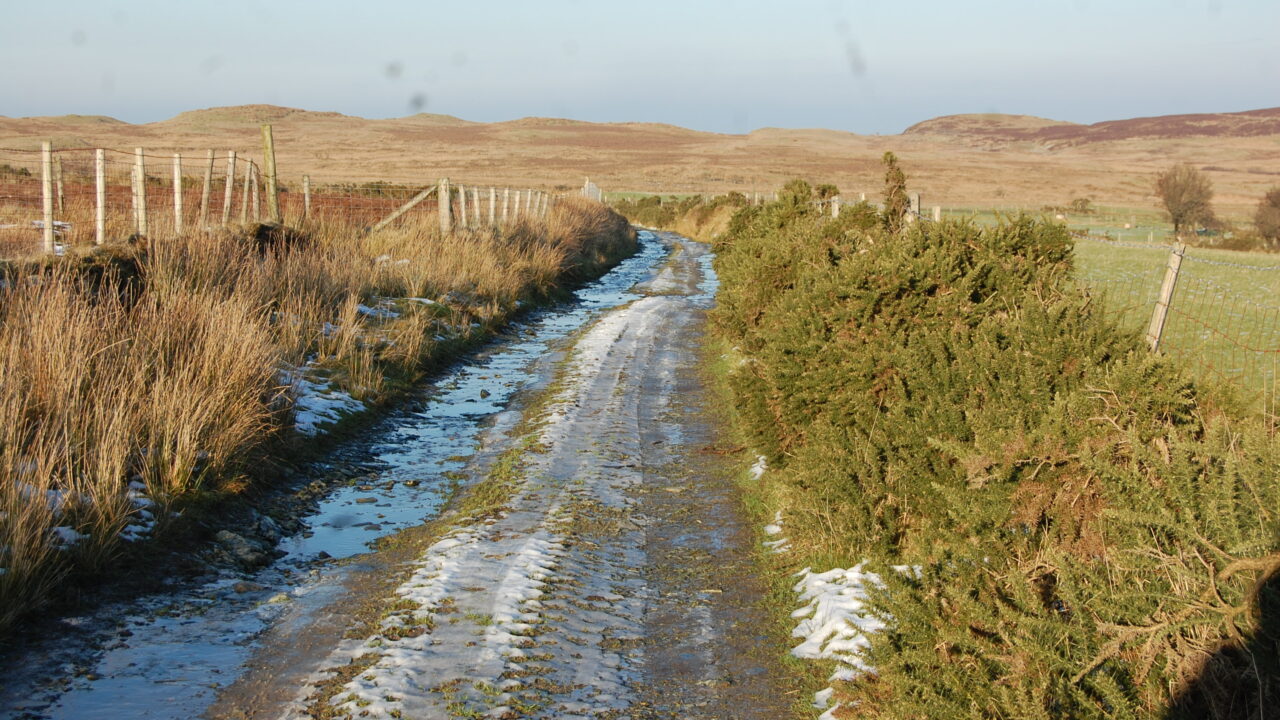With a risk of frost and icy surfaces forecast over the next few nights, the Road Safety Authority (RSA) is advising all road users to take extra care when using the roads.
It advises to take care particularly at night and in the early hours of the morning.
Temperatures may drop below zero at night resulting in icy surfaces particularly black ice.
The RSA has said that with roads conditions still hazardous due to the recent flooding, motorists are being advised to slow down and take extra care as the conditions will pose an added danger.
Drivers are also being asked to check their vehicles for any damage that might have been caused from driving on roads damaged by recent storms.
For example check vehicle lights are in working order and clear of any grime.
Check tyres for any obvious damage and low tyre pressure is also something to look out for, it advises.
A vehicle’s handling may be affected if the tracking is knocked out of kilter, from driving on damaged road surface, the RSA has said.
The RSA has also issued the following advice for driving in icy conditions:
- Check local and national weather forecasts before setting out on a journey. Clear your windows and mirrors before you set out, carry a screen scraper and de-icer.
- Do not use hot water on the windscreen as it can crack the glass.
- Watch out for “black ice”. If the road looks polished or glossy it could be, black ice” one of winter’s worst hazards: black Ice is difficult to see! It is nearly transparent ice that often looks like a harmless puddle or is overlooked entirely. It can occur especially in sheltered / shaded areas on roads, under trees and adjacent to high walls.
- Use your dipped headlights so that others will see you. Make sure your headlights and taillights are all in working order, replace broken bulbs.
- Watch out for vulnerable road users such as pedestrians, cyclists and motorcyclists and allow extra space.
Pedestrians and cyclists are advised:
- While walking on footpaths and in public places, or entering and exiting your vehicle, DO NOT underestimate the danger of ice.
- Many slips and falls happen in places people regard as safe and secure, typically outside their front door, on the door step, on the path or while getting out of the car. It is very possible that a thin sheet of transparent ice or “black ice” is covering your pathway putting you at risk.
- When you approach a footpath or roadway that appears to be covered with ice, always use extreme caution.
